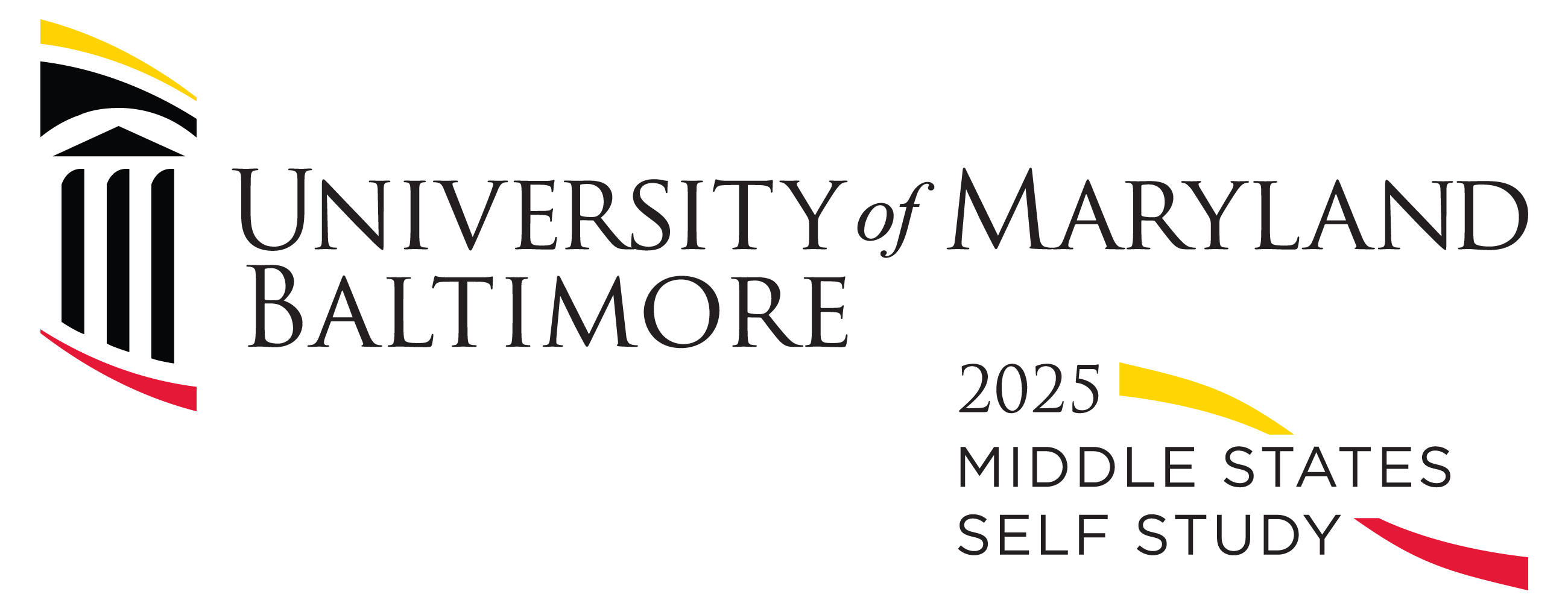Institutional Overview
The University of Maryland, Baltimore (UMB), the founding institution of the University System of Maryland, brings a 214-year history of achievement to its mission. A thriving academic center and leader in law, health care, and human services, UMB serves as a catalyst, advancing scholarship, research, clinical care, social justice, and law. UMB represents the “highest attainable education” in Maryland with many programs not offered elsewhere in Maryland. Students come to UMB from all of Maryland’s baccalaureate institutions, both public and private. When admitted, these students are at the very top of their respective fields of undergraduate study. Once enrolled at UMB, students remain through graduation and go on to prestigious employment, residencies, or postdoctoral fellowships.



